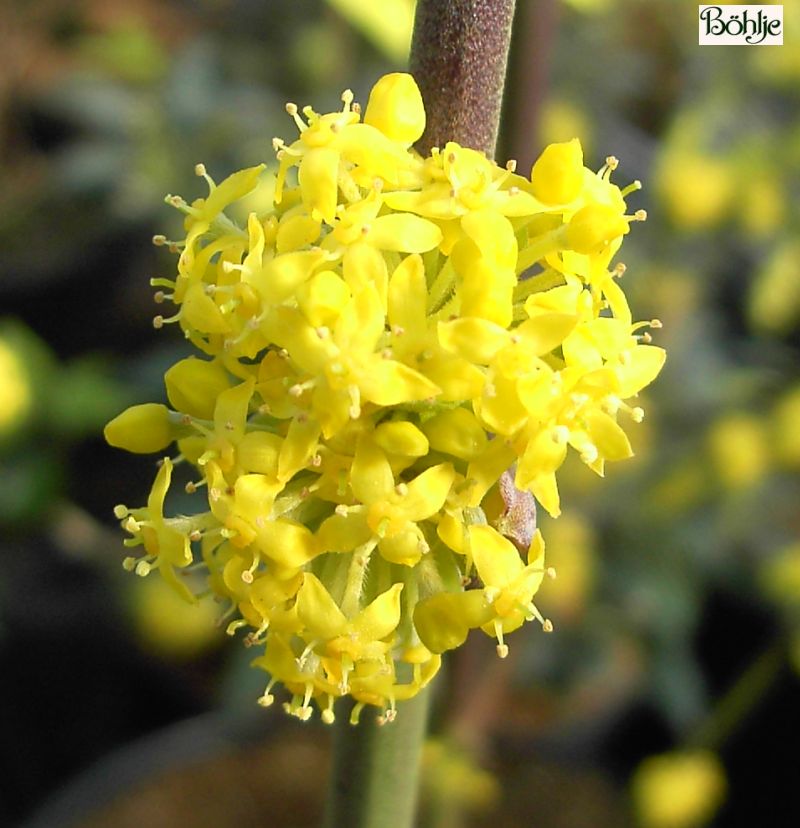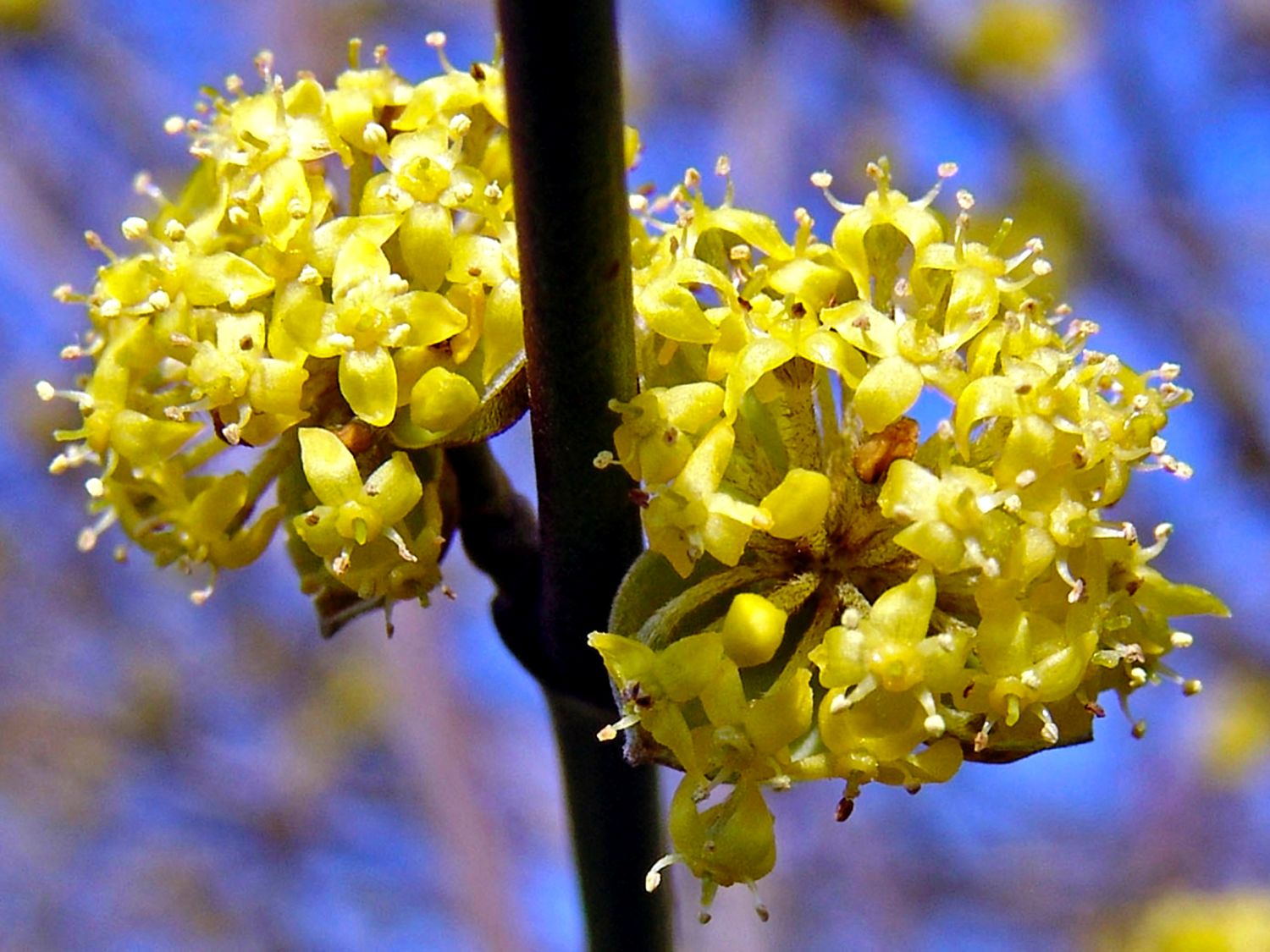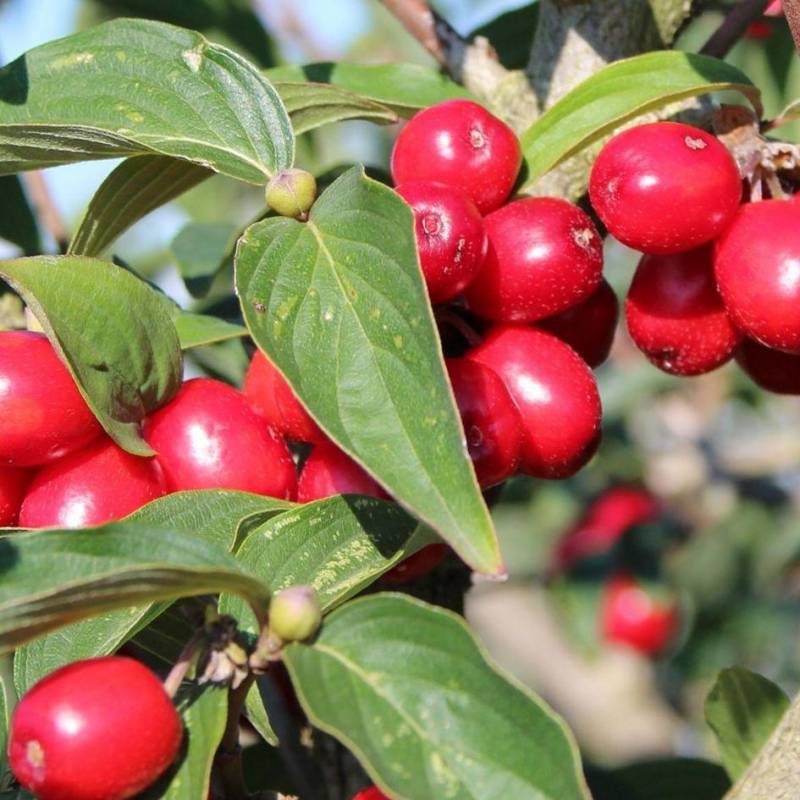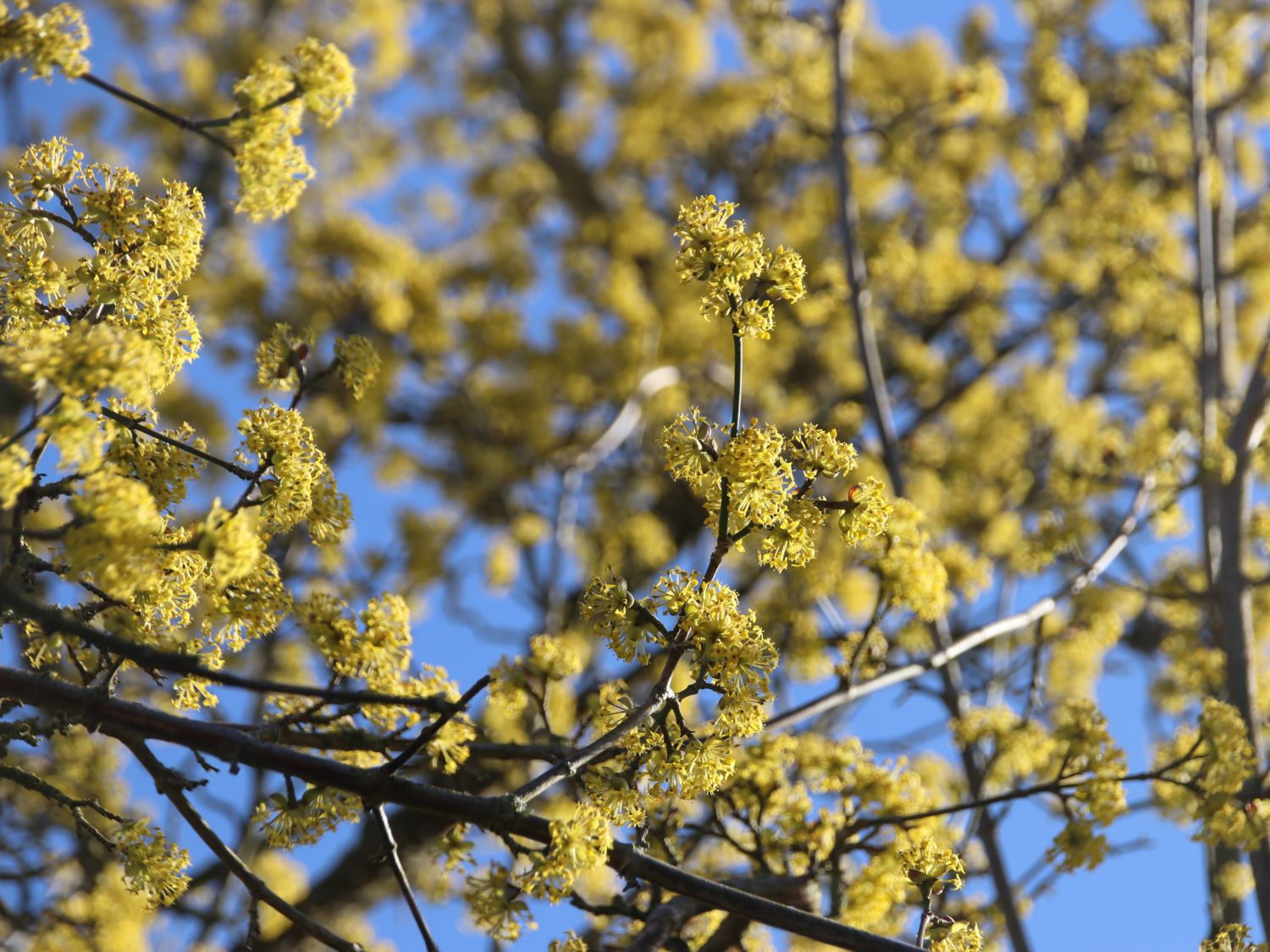
The Chicago Botanic Garden's collection includes almost 100 varieties of dogwood from 20 species (7 of which are native) and over 2,400 plants. The genus includes 45-60 species, divided into subgenera about which taxonomists disagree. The dominant display, however, varies among the species.ĭogwoods are native to cooler temperate areas of North America and Asia. Members of the genus Cornus, commonly known as dogwoods, are welcome in the home garden for their multi-season interest - be it flowers, fruit, foliage, and/or bark - and their range of forms from small trees to suckering shrubs. Description CORNUS mas ‘Golden Glory’ Golden Glory Cornelian Cherry CORNUS mas ‘Golden Glory’ Outstanding upright form of cornelian cherry with an abundance of large, golden yellow flowers in March. The attractive grayish-brown bark exfoliates on mature branches. Flowers give way to tiny red berries that mature in the summer. It features tiny, star-like, yellow flowers that appear in March before the foliage and deep green, oval leaves turn to a purple tinge in autumn. The plant is a multi-stemmed, low-branching, round to oval, deciduous shrub or small tree that typically grows 15 – 20 feet tall. A particularly hardy plant, it is more vigorous than the species and thus suitable for the northern Midwest. This is a selected variety of a species not originally from North America.Golden Glory is a multi-stemmed upright form of Cornelian cherry that was introduced by the Synnesvedt Nursery Company of Illinois.

Consider applying a thick mulch around the root zone in winter to protect it in exposed locations or colder microclimates. It is somewhat tolerant of urban pollution. It is not particular as to soil type or pH. It is very adaptable to both dry and moist locations, and should do just fine under average home landscape conditions.
GOLDEN GLORY CORNUS MAS FULL
This tree does best in full sun to partial shade. It grows at a medium rate, and under ideal conditions can be expected to live for 40 years or more. It has a low canopy with a typical clearance of 2 feet from the ground, and is suitable for planting under power lines. Golden Glory Corneliancherry Dogwood will grow to be about 20 feet tall at maturity, with a spread of 15 feet. Golden Glory Corneliancherry Dogwood is recommended for the following landscape applications It has no significant negative characteristics. It is a good choice for attracting birds to your yard. This is a relatively low maintenance tree, and should only be pruned after flowering to avoid removing any of the current season's flowers. Its average texture blends into the landscape, but can be balanced by one or two finer or coarser trees or shrubs for an effective composition. Golden Glory Corneliancherry Dogwood is a multi-stemmed deciduous tree with a shapely oval form. It produces red berries from early to mid summer. The pointy leaves do not develop any appreciable fall color. Initially we noticed leaves looking droopy like it needed more water. The peeling brown bark adds an interesting dimension to the landscape. Golden Glory Corneliancherry Dogwood has clusters of yellow flowers along the branches from late winter to early spring before the leaves. Backfilled with existing dirt and used nursery provided fertilizer. Produces small, glistening red, edible cherry like fruits in autumn. It produces red berries from early to mid summer. A spreading deciduous shrub or small tree bearing masses of golden yellow flowers in Feb/March, followed by glossy green leaves that turn purple.



Golden Glory Corneliancherry Dogwood has clusters of yellow flowers along the branches from late winter to early spring before the leaves. A beautiful small specimen tree for general landscape use covered in bright yellow flowers in very early spring before the leaves and bright red berries in summer, compact habit of growth, but some suckering


 0 kommentar(er)
0 kommentar(er)
